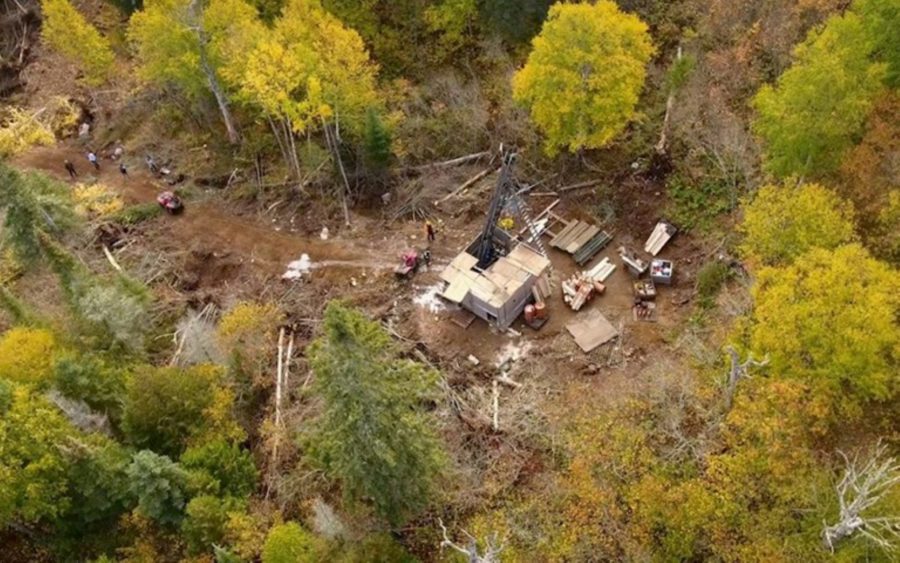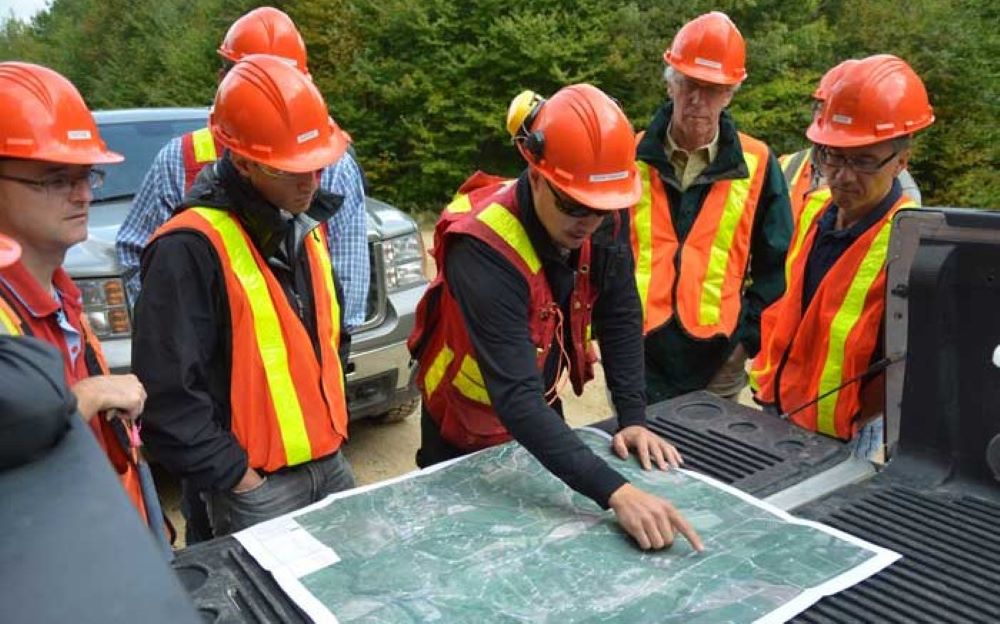Top trends in tailings closure

The reclaimed Holden Mine closure project in Washington state (photographed in 2019) is a great example of a sustainable mine closure. Credit: Stantec
In 2019, a tailings dam at the Córrego do Feijão iron ore mine near Brumadinho, Brazil, suffered a devastating failure. When the tailings dam collapsed, it released a massive mudflow that wreaked havoc on the mine site, mine staff, and nearby communities. More than 250 people lost their lives and there was a significant amount of damage done to the environment.
Tailings dam failures like this example have fuelled the mining industry to accelerate the closures of their existing tailing storage facilities (TSF). Mine owners are updating existing closure plans, as well as performing prefeasibility and feasibility studies on TSFs and other mine waste facilities to determine anticipated closure cost. Several mines are beginning closure on large and complex TSFs as they transition their properties to other forms of mining – for example, from surface mining to underground mining.
Mine owners are being challenged to provide sustainable closure strategies that reduce long-term maintenance costs, ensure public safety, and find ways to generate revenue as part of the TSF closure.
Current TSF closure guidelines
TSF closure guidelines are available from committees and organizations, both national and international, with goals to advance the mining sector’s safety, social, and environmental performance. These organizations include the International Council on Mining & Metals (ICMM), Mining Association of Canada (MAC), International Organization for Standardization (ISO), and International Committee on Large Dams (ICOLD) along with country affiliates such as the Canadian Dam Association (CDA) and Australian National Committee on Large Dams (ANCOLD).
ICMM, in partnership with the United Nations Environment Program (UNEP) and the Principles for Responsible Investment (PRI), established the independent Global Tailings Review panel, which released the “Global Industry Standard on Tailings Management” in August 2020. The document sets standards for the safe and secure management of mine tailing facilities globally and includes principles applicable to closure and post-closure requirements.
Individual countries are revisiting tailing dam design, operation, and closure standards. For example, the Association of State Dam Safety Officials (ASDSO) in the United States is currently updating the Federal Emergency Management Agency (FEMA) Model State Dam Safety Program (FEMA 316) on applicability to tailings dams. The US Society on Dams (USSD) is the lead organization in developing a FEMA technical guidance document to support and provide a technical basis for the Model State Dam Safety Program regulatory guidance document. In Canada, the CDA and MAC are in the process of revising and updating guidelines on tailings dams.
What to expect in TSF closure guidelines and standards
The technical criteria for closing a TSF at a mine, as per guidelines and standards, will be more robust than the criteria during its design and operation phase. Why? Because closure is forever whereas the operation of the TSF lasts only as long as the life of the mine – a relatively short period of time compared to forever.
We can expect to see more robust changes to managing water over the long term by eliminating the impounding capability of the TSF. We can also expect more robust loading conditions for closure design, including the adoption of the probable maximum precipitation (PMP) storm event and maximum credible earthquake (MCE). New provisions in the closure plan will also address climate change and extreme events such as fire and drought, as well as maintaining and operating closure facilities like mine water treatment facilities.
Mine owners will need to form multidisciplinary TSF closure teams that include tailings planners, geotechnical engineers, surface water and groundwater hydrologists, geochemists, cover specialists, reclamation specialists, revegetation specialists, wildlife experts, and other technical people to supplement the Engineer of Record responsible for the design and operation of the TSF.
There will be new trends in TSF closure, including more of a risk-based closure approach using risk-informed decisions in addition to the traditional deterministic standards-based analysis. CDA (2019) provides guidance on a risk-based approach to TSF closure.

Lingan coal mine site remediation in Nova Scotia. 10 MW of wind power was installed at site – one of Stantec’s NetZero Mining projects. Credit: Stantec
Post-mining ‘asset’
Adding value through closure will become more common practice as closure costs continue to increase and shareholders demand reduction in liability costs. There will be a change in the narrative surrounding the TSF closure to re-focus on a post-mining “asset” rather than a “liability.” TSF closure innovation is occurring now, but it will become more prevalent in achieving closure objectives. Some of these objectives include reprocessing and relocation of the tailings in-pit, integrating waste rock and tailings storages (termed Integrated Waste Landform, or IWL), reducing tailings production, and improving operational practices to improve stability.
Repurposing the closed TSF for renewable energy production, such as photovoltaic solar power, hydroelectric power, bioenergy, and wind power, presents the potential to provide numerous benefits to mining companies and their communities. Research in biotechnology and carbon sequestration using tailing materials to improve their properties for closure is fundamentally needed when turning a mine that’s a liability into an asset.
The TSF owner does not have to manage these closure changes alone. Organizations like Landform Design Institute establish a practice that allow mines to set clear goals, design objectives, and design criteria for the reclaimed landscape. Academia, including the University of Queensland Geotechnical Engineering Centre, is teaching courses in value-added rehabilitation. The Center of Excellence for Tailings Dam Research –
a partnership between the Colorado School of Mines, University of Arizona, and Colorado State University – is also dedicated to mine tailings research. We expect much to come of TSF closure from organizations like these and more.
The goal of zero tailings
Approximately 99% of what is mined becomes waste to produce 1% of value. Imagine switching the economic mineral and tailings fraction so that the waste produced by the mine process is a small fraction of the ore. Ideas in zero tailings production can start today in the planning of new mines. Imagine reducing or eliminating tailings from a mine operation. Not only are the obvious environmental benefits realized, but the reduction in energy demand in mining would change the industry.
New technologies in mine processing technology will change what we know to be the typical mine. Digital mining, precision sensing, information technologies, advances in chemical systems, and artificial intelligence are technologies that can optimize the mine in reversing the unbalanced ratio of waste to economic value.
Phil Crouse is the mine closure and reclamation practice leader at Stantec. Over the last three decades he has completed large closure projects on five continents. He can be reached at phillip.crouse@stantec.com.





Comments